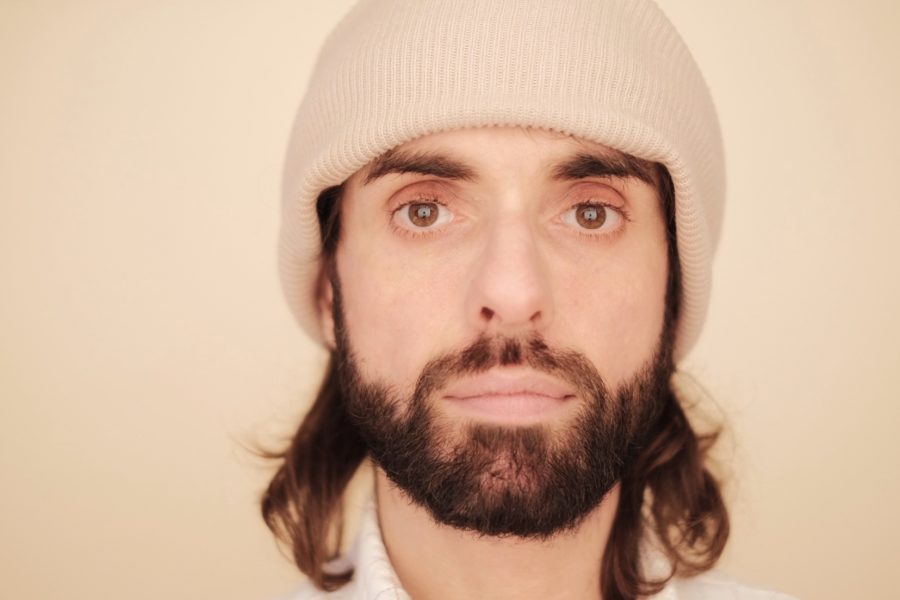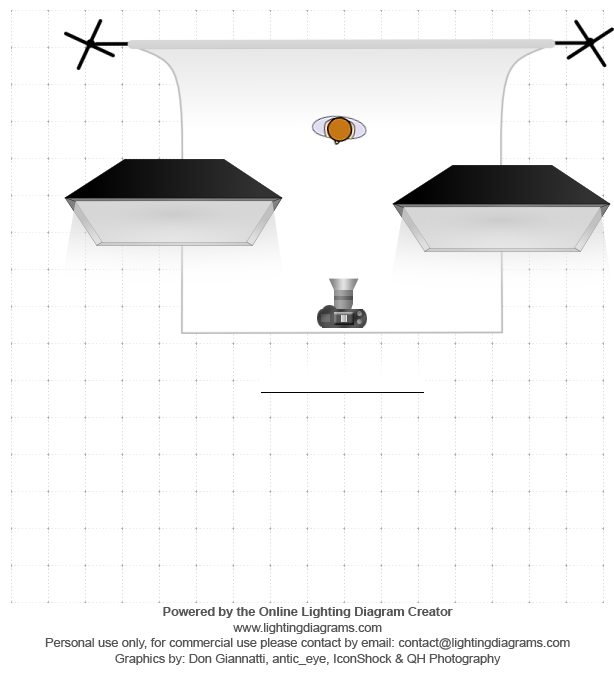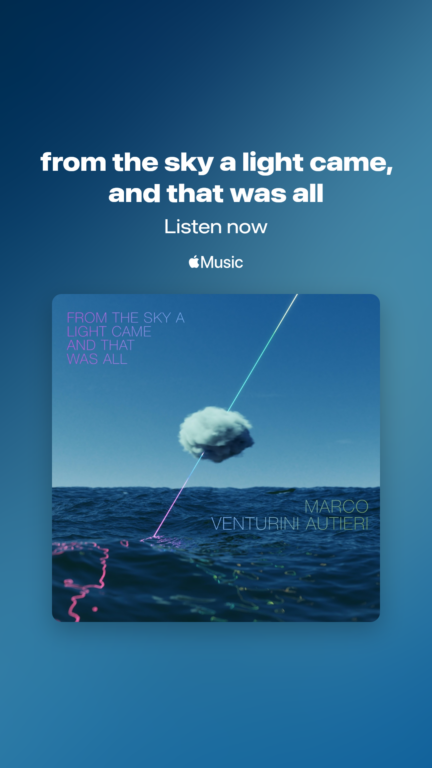Studio strobes can be used in continuos light mode with their modelling lamp, which obviously give a lower light output than the flashes. Besides videos, this mode can be used in combination of large lens apertures in order to have a shallow focus. Unfortunately, it usually happens (but it depends on the strobe model) that whilst the minimum setting for flash gives too much light (and hence a smaller aperture should be used), the maximum that the modelling lamps can output is not enough for relatively fast shutter speeds, even considering that a portrait ought to be… still in most cases.
I experimented a very soft light, pointing two large softboxes towards a white wall and placing the model (myself in this case) in front of a lightly coloured paper backdrop. The light investing my face was coming from the white wall, uniformly illuminated, windowed somehow by the softboxes themselves. This can be seen in the reflection in my eyes, where at the centre of the white wall the tripod-mounted camera can be seen.



I used a Fujifilm X-T1 with the 35mm at f/1.4 and a shutter speed of 1/6s at ISO 200. Of the two Elinchrom strobes, I only used the modelling lamps at their maximum output, although all diffusing baffles were in place so the light output was greatly reduced. Perhaps the biggest drawback of this scheme is the lack of contrast given by the virtual absence of the black pupil, which gets the reflected light.
